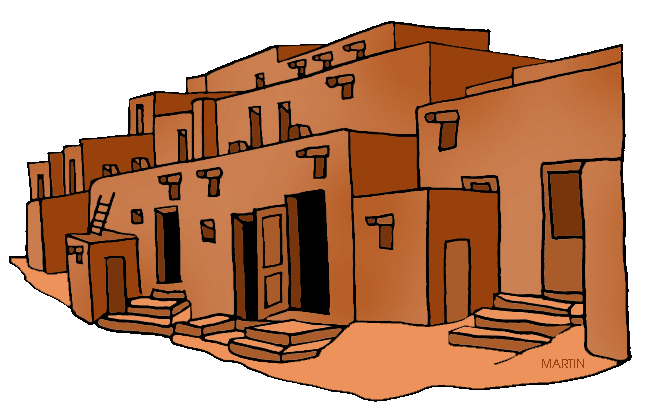This week's field work experience was very interesting. There was a lot that I enjoyed throughout the two days for field work. The topic for Group #1 focused around Native American aspects like food, transportation, and primarily shelter. On both days, the students were alive and engaged into the concepts that were being taught.
During the direct lesson, the students were able to learn about the different Native American shelters with just a pinch of other important characteristics due to technical difficulties with the Smart Board. All of the students were able to be actively engaged even when they were not being verbally active which was one important approach that I really liked at first hand. I thought that the whole point of using a red/green card for agreement/disagreement strategies was a unique way to get the students involved and understanding what they have learned according to the times asked in the lesson.
During the inquiry lesson, the students were told to figure out which artifacts belonged to the indicated Native American group. Although this activity created a large amount of noise in the room, the students were just as engaged as they were during the direct instruction which told me that they were very intrigued in the information and lesson. My favorite part of this lesson was the concept behind the artifact bags. I strongly like the impact that the artifact bags brought to the children because it created a fine real-time, affordable chance to show the students what some of the other objects of the Native Americans were.
During the cooperative learning lesson, the students were instructed to construct tepees out of provided materials and create stories as a group that will correspond with their projects. I really liked how this lesson emphasized the shelters aspect of the Native American cultures because as a very artistic person, it was very heartwarming to view how captivated the students were in the material while using their creativity skills. I also felt that this type of activity really highlighted an entry way for kinesthetic learners to make observations and learn from an exclusive approach.
10 Tips to Succeed in edTPA
Before reading this article, I was honestly nervous about doing anything that had to do with edTPA. I have heard from previous Education students that edTPA is very time-consuming and requires a lot of attentive attention to put together the perfect portfolio. I strongly appreciate how this article provided tips for future educators to reach the sense of success while using edTPA. As I was reading, my confidence continued to grow until I read the part about having lessons videotaped. I have always felt anxious and nervous whenever I know that I am being videotaped. I have always felt like a recording is another way for people to judge the way that I do things. I don't believe that just from a video, someone can effectively come to the conclusion that someone is an effective teacher. Yes, I do believe that videotapes can show examples of teaching strategies provided by the teacher, but I don't believe that a videotape can make others have a conclusion based just on that teacher's given performance for evaluation.
I liked how the tips for edTPA reinforced the fact that teaching thorough lessons requires a lot of planning. As a perfectionist, I feel like everything that I do when I need to be preferable professional requires a guideline or a planned list in advance to accomplish what I need to accomplish.




No comments:
Post a Comment